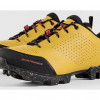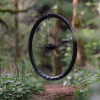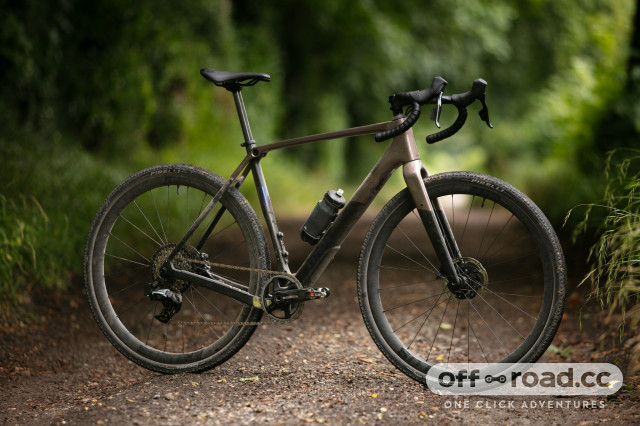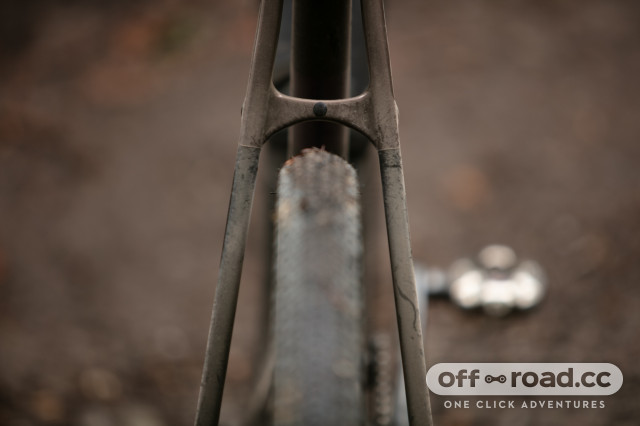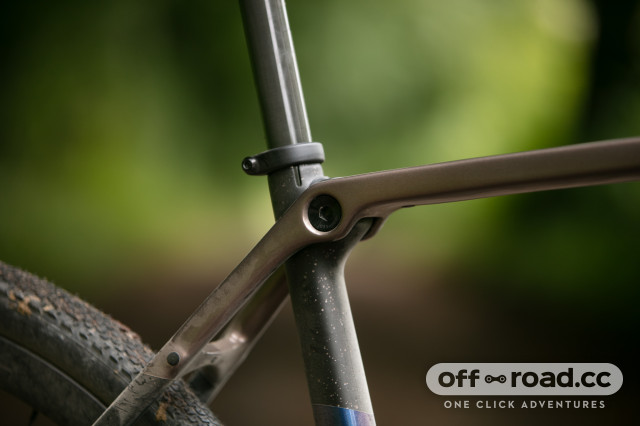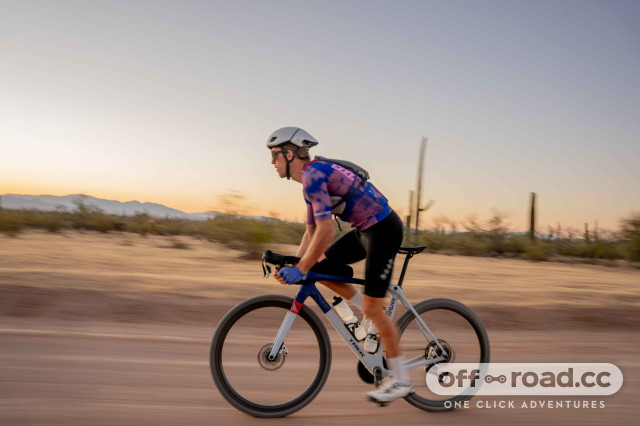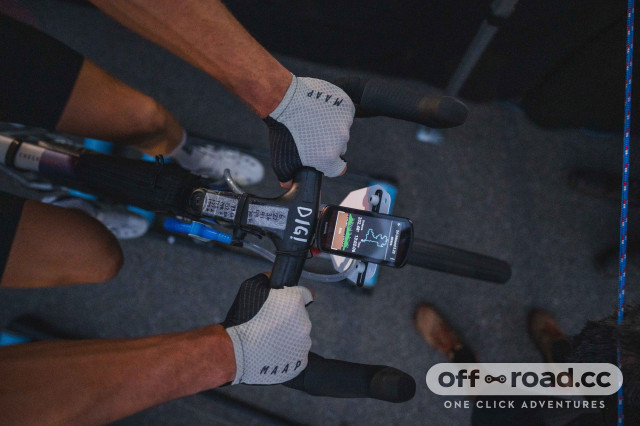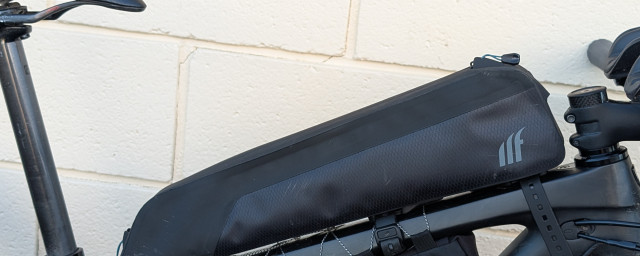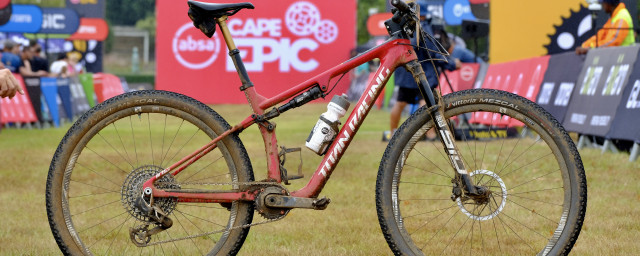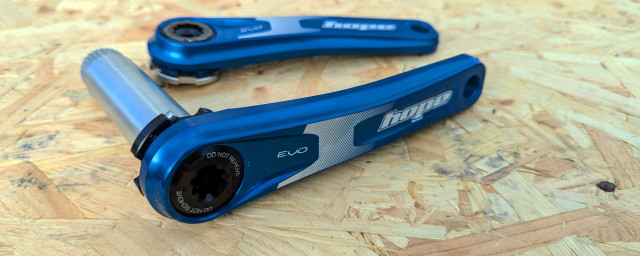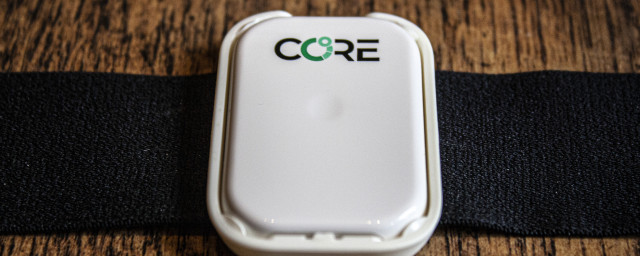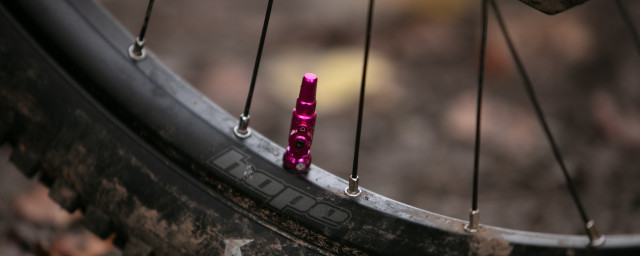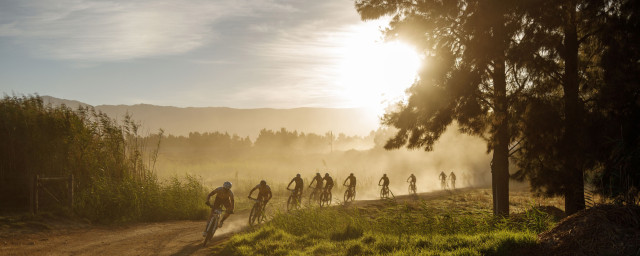Trek's new Checkmate is an all-out aero gravel race machine
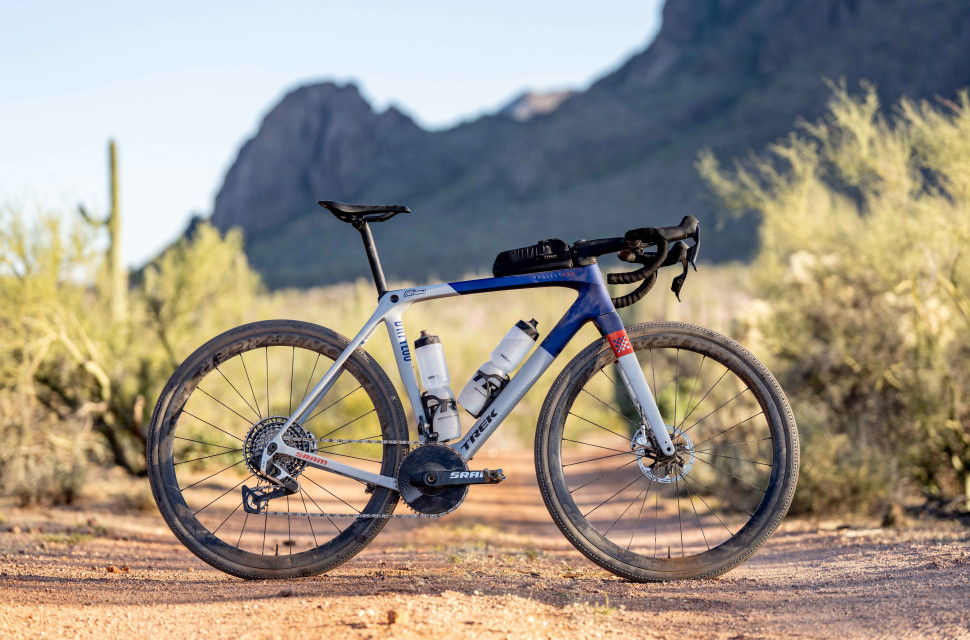
Today, Trek has brought two new bikes to the fray - an updated Checkpoint that's been tweaked to provide more comfort and tyre clearance than before. However, that's to make way for the new Checkmate, the brand's new race-specific gravel bike that leans heavily into aero gains.
- Opinion: You don't need a dropper post on your gravel bike
- Gravel bike suspension and dropper posts - do you need them?
- Are gravel bikes old-school mountain bikes?
New storage and mounting options are abundant for riders who wish to use their Checkpoints as adventure gravel bikes. Downtube storage increases in volume and features a bigger door for easier access, while there’s a BITS bag, too, reducing small item spillage or annoying on-trail rattle noise.
In addition to the top tube, frame, downtube, fork, fender, and rear rack mounts of the Checkpoint Gen 2, the Gen 3 also adds front rack mounting points.
Gravel bike category managers at Trek haven’t only obsessed about the Checkpoint Gen 3’s storage, but also its hydration capacity. The main triangle will accommodate large volume hydration bottles without compromising the use of Bontrager’s Adventure half frame bag or the Adventure triangle bag.
More clearance and singletrack ability
Beyond the enhanced carrying capacity and smart storage solutions, engineers have enhanced several technical details to make Checkpoint gen 3 riders even more comfortable off-road.
There is now adequate clearance between the rear stays and fork blades to roll 50mm width gravel bike tyres, ideal for those riders who wish to use large volume casings at low pressures for better ride comfort and more secure traction.
For those Checkpoint Gen 3 riders keen on always taking the technical singletrack detour on any route, the new frame is rated for ultra-short suspension forks up to 40mm of travel. Riders who want a lower, more confident centre of gravity when descending can also opt for aftermarket dropper seat posts, with the Checkpoint Gen 3 being dropper-compatible.
DIY mechanics will be heartened that Checkpoint Gen 3 has integrated the SRAM UDH system, which consolidates rear derailleur hanger standards. This avoids the nightmare of searching for a drivetrain- or frame-specific derailleur hanger if you suffer a severe rear mech strike on that multi-day adventure ride far away from a large urban bike shop.
There’s a new handlebar on the SL5 and SL6 Checkpoint builds. These GR Pro drop bars feature enhanced ergonomics, with drops 60mm wider than hoods, and a geometry that shapes 120mm of drop and 15 degrees of flare. The benefits? Better control and steering confidence on rougher gravel routes.
Trek’s most affordable Checkpoint Gen 3 is the SL 5 AXS, priced at £3,700 and weighing 9.5kg/20.95lbs. The SL6 AXS trims its weight to 9.4kg/20.73 lbs, at £4,500, while riders with £6,350 available for their gravel bike purchase can get onto the Checkpoint SL 7 AXS gen 3 at 9kg/ 19.85 lbs. All weights mentioned are claimed.
It’s Checkmate for off-road aero drag
Designed and configured for riders who want a race-specific gravel bike, Checkmate SLR replaced Checkpoint SLR in Trek’s lineup. It’s the first dedicated gravel racing bike from Trek and draws inspiration from the Madone road frame, primarily the aero bits, like that one-piece bar and stem.
What’s the difference between Checkpoint Gen 3 and Checkmate SLR? Weight, frame material and clearances. Whereas the Checkpoint Gen 3 uses OCLV 500 carbon, the Checkmate upgrades to Trek’s more premium OCLV 800 composite. Using SRAM’s latest Red XPLR AXS groupset and the RSL aero barstem, the Checkmate SLR is a pound lighter than the Checkpoint SLR it replaces.
Beyond the saving weight, the most pronounced differences are aerodynamic. Helping to create the smoothest possible aero profile, Checkmate SLR’s fork doesn’t feature mounting points. That one-piece RSL bar and stem is also a touch more aero than the Checkpoint Gen 3’s, with the hoods being 30mm narrower than the drops.
The Checkmate SLR’s rear stays and fork blades are narrower, too, with tyre clearance being reduced to 45mm. The new Checkmate SLR builds roll 38mm tyres, and it’s clearly targeted at riders obsessed with rolling speed instead of ultimate comfort – or multi-day touring ability.
But how much difference does the Checkmate SLR’s aero refinements make? On the Unbound 200 course, it proved 38 seconds an hour faster than the Checkpoint SLR, says Trek.
Trek’s Checkmate SLR 7 AXS build is priced at £8,500 and weighs 8.1kg/17.86 lbs. Upgrade to the £10,000 Checkmate SLR 9 AXS build, and weight drops to 7.55kg/16.65 lbs.
For some first impressions on the new Trek Checkpoint, head over to our Trek Checkpoint SL 7 Gen 3 first ride review.

